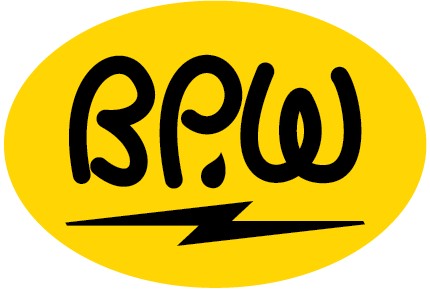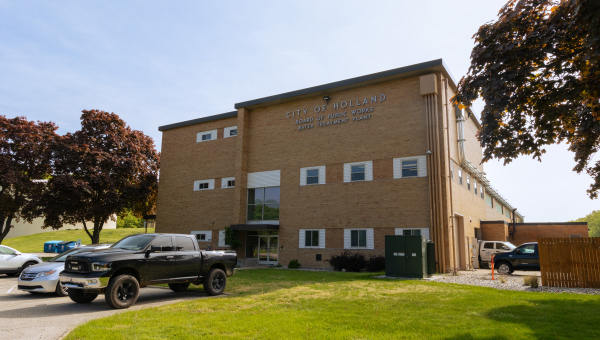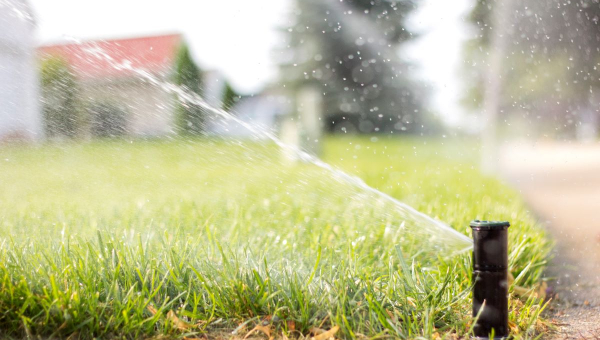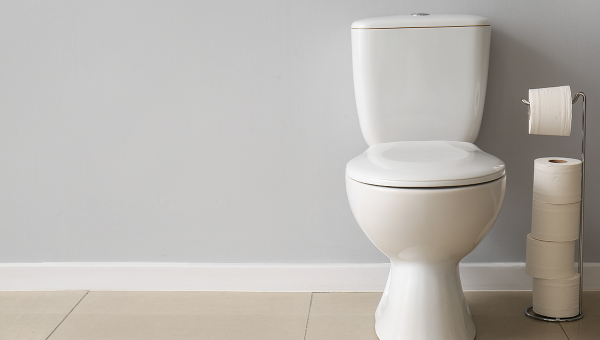We are pleased to report another year of our Water Treatment Plant surpassing all federal and state drinking water standards. Holland BPW’s Water Treatment Plant met all monitoring and reporting requirements for 2023.
As the weather warms and irrigation systems start running, it's the perfect time to consider how you can save water—and money—by optimizing your entire irrigation system.
Holland BPW Water Main Flushing begins in April and will continue through the summer in the neighborhoods located between Ottawa Ave. and Old Orchard from South Shore Drive to north of 146th Street.
The United States Environmental Protection Agency (EPA) proposed a new rule for PFAS National Primary Drinking Water Regulation.
While most people assume that fire hydrants serve only as emergency access to water for firefighters, they also provide access to critical water infrastructure that would otherwise be difficult to service.
Holland BPW draws its water from Lake Michigan. The water distribution system contains 240 miles of water main and serves the City of Holland, and some sections of Park, Laketown, Fillmore and Holland Charter Townships.
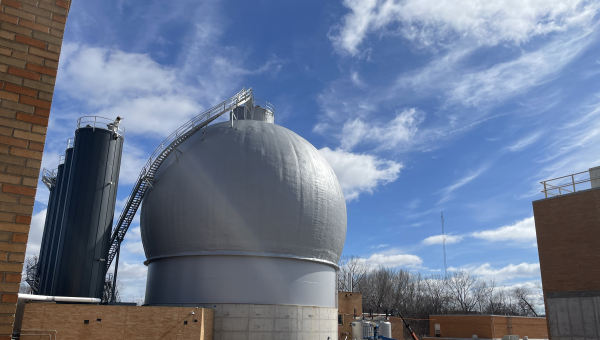
Water reclamation is the process of renewing wastewater so that it can return safely to the natural environment.
The Holland Board of Public Works views this responsibility as part of a circular economy, where there is no waste. Our vision is that everything processed at the Water Reclamation Facility becomes beneficial. Nothing truly disappears from the environment, so we strive to take care of every piece of it.
Holland BPW is proud to announce that the anaerobic digester earned an ENVISION Gold rating for sustainability.
Our Water Reclamation Facility sits on River Ave near the banks of Lake Macatawa. Because of its location, this wastewater treatment plant is limited in physical space for future expansion. To care for the resources we have and extend the life of our current wastewater infrastructure without requiring additional investments, we pay close attention to the capacity of our wastewater facility.
The Water Reclamation Facility (WRF) treats wastewater from the City of Holland and portions of the five adjacent townships (Holland Charter, Park, Fillmore, Laketown and Zeeland).
Current Progress Construction of the city-wide network is ongoing. We expect to complete the project in Summer 2026. The project plan is designed to roll out in phases as the network is built, neighborhood by neighborhood – or Fiberhood by Fiberhood.
Holland BPW’s core function is to provide outstanding utility services and to operate infrastructure - that includes 30 years of experience with fiber optic broadband.
Fiber-optic broadband is the highest quality infrastructure for broadband available. Constructed of tiny transparent fibers, information travels through the cable at the speed of light.
The people of Holland voted to make a community investment in a high-speed fiber optic broadband network that will be available to every address in the city.

